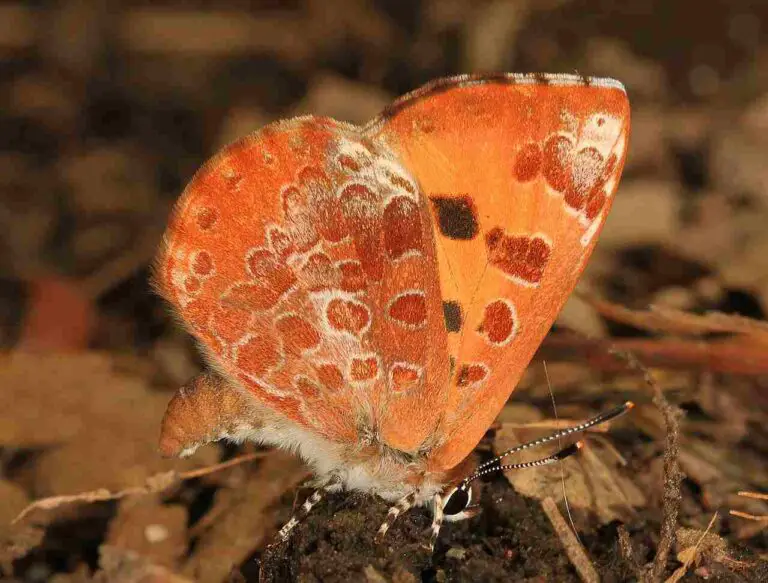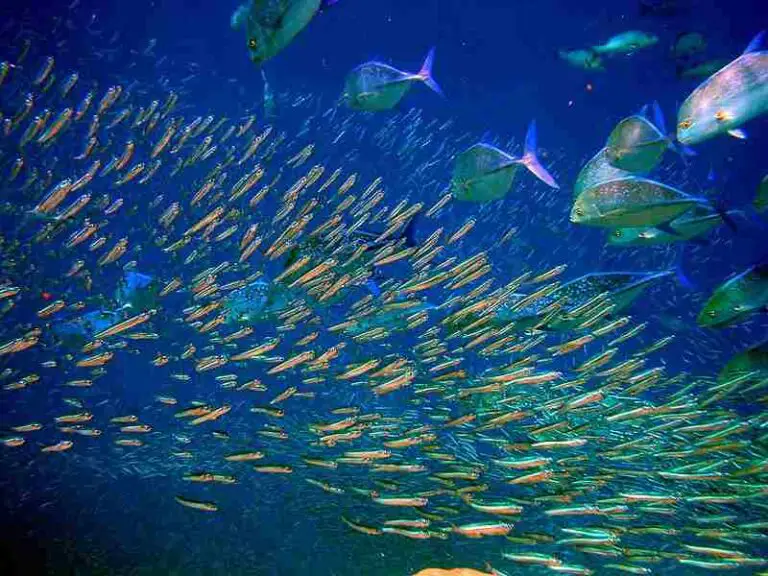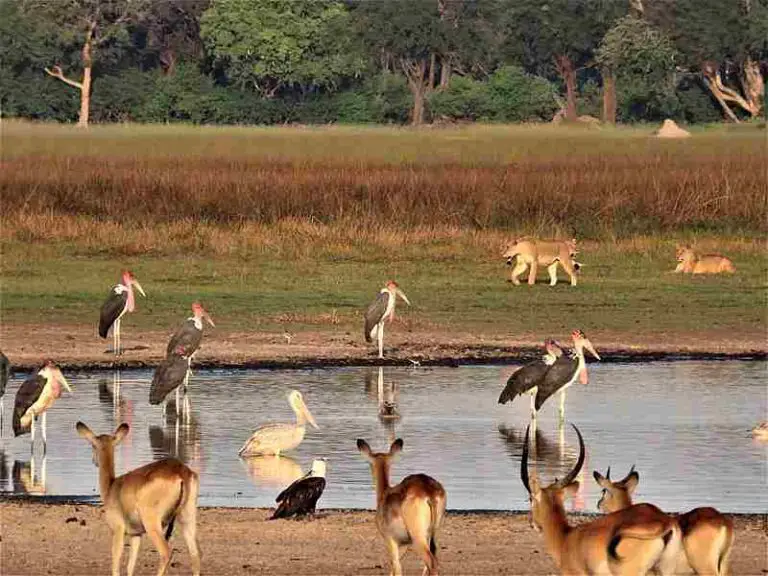Are Coyotes Apex Predators? Coyote Food Chain Position and Role
Coyotes are not considered apex predators. Unlike bears, wolves, or mountain lions, which occupy the top of the food chain, coyotes are mesopredators. While they can exhibit apex predator behavior in certain ecosystems where larger predators are absent, they are not true apex predators themselves. Coyotes primarily function as secondary consumers in their ecosystems, preying on smaller animals but also being preyed upon by larger predators.
Reasons Why Coyotes are Not Apex Predators
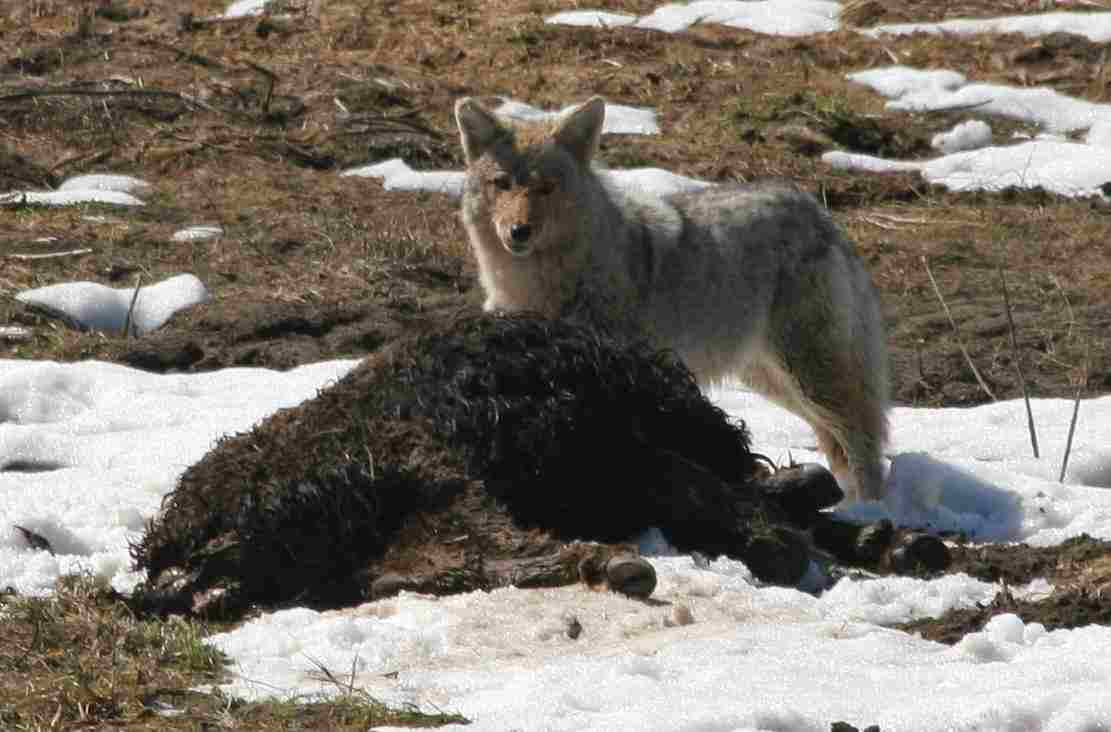
-
Mesopredator Status: Coyotes are classified as mesopredators, which means they are intermediate predators in the food chain. They are not at the top like apex predators such as bears or wolves.
-
Prey for Larger Predators: Coyotes can be preyed upon by true apex predators like bears, wolves, and mountain lions, indicating their position lower in the predator hierarchy.
-
Role in Ecosystems: While coyotes can exhibit some apex predator behaviors, such as regulating prey populations, they are not dominant predators and can be outcompeted by larger species when present.
-
Diet Composition: Although coyotes primarily hunt smaller animals, they also scavenge and consume plant matter, reflecting their omnivorous diet rather than the specialized hunting habits of apex predators.
Are Coyotes Predators?
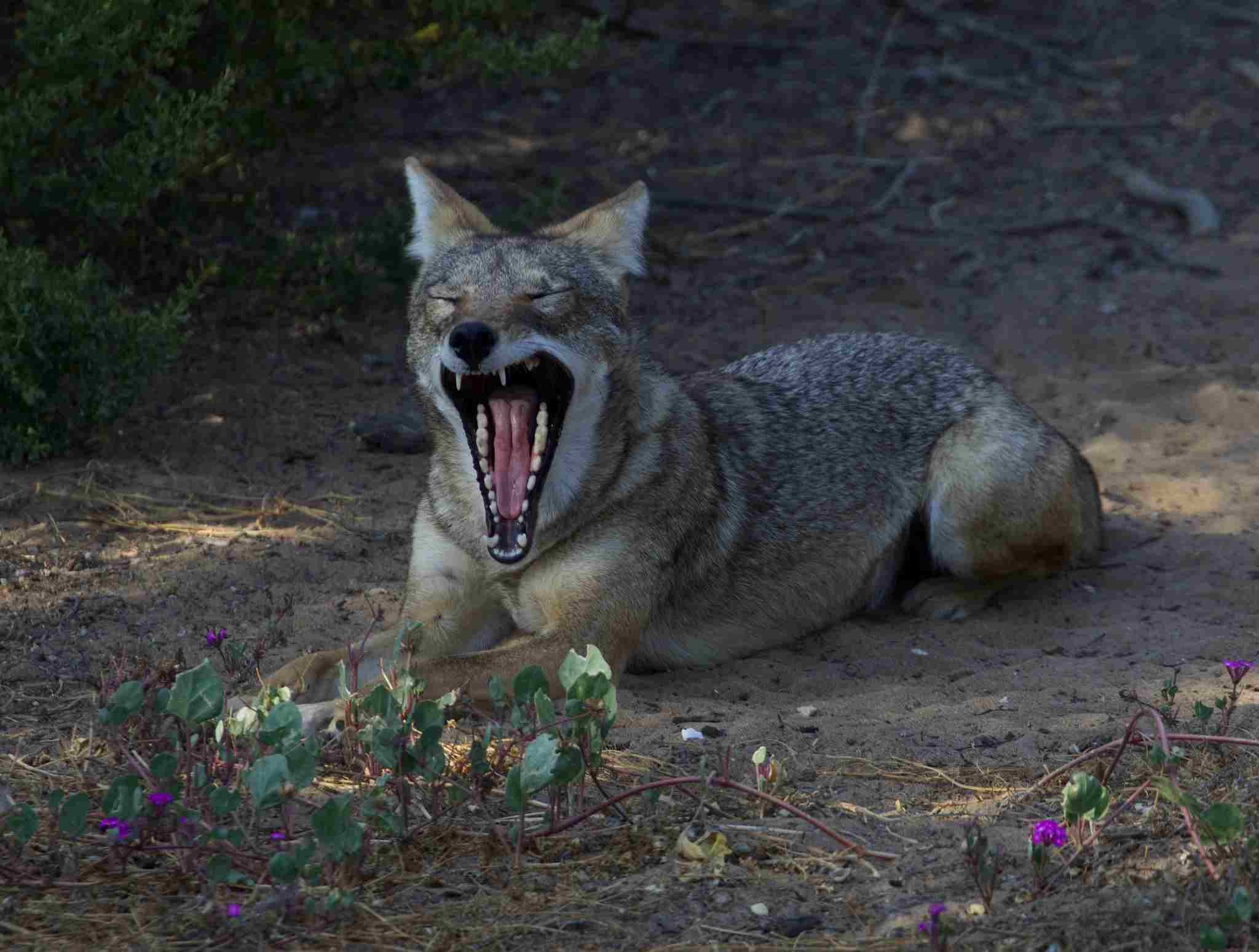
Yes, coyotes are classified as predators due to their hunting behavior and role in ecosystems. They primarily hunt small mammals such as rodents, rabbits, and birds, but they are also known to consume fruits, insects, and carrion. Coyotes play an important role in controlling prey populations and shaping ecosystem dynamics through their predatory activities.
Reasons Why Coyotes are Classified as Predators
-
Hunting Behavior: Coyotes actively hunt and consume other animals, including small mammals, birds, and occasionally larger prey such as deer.
-
Ecological Role: As predators, coyotes help regulate prey populations, which can prevent overgrazing and maintain ecosystem balance.
-
Adaptations for Hunting: Coyotes possess physical characteristics and hunting strategies suited for capturing prey, such as keen senses, agility, and the ability to work cooperatively in packs.
-
Impact on Ecosystems: By controlling the populations of smaller animals, coyotes indirectly influence vegetation dynamics and the abundance of other species within their habitats.
What do Coyotes Eat in the Wild?
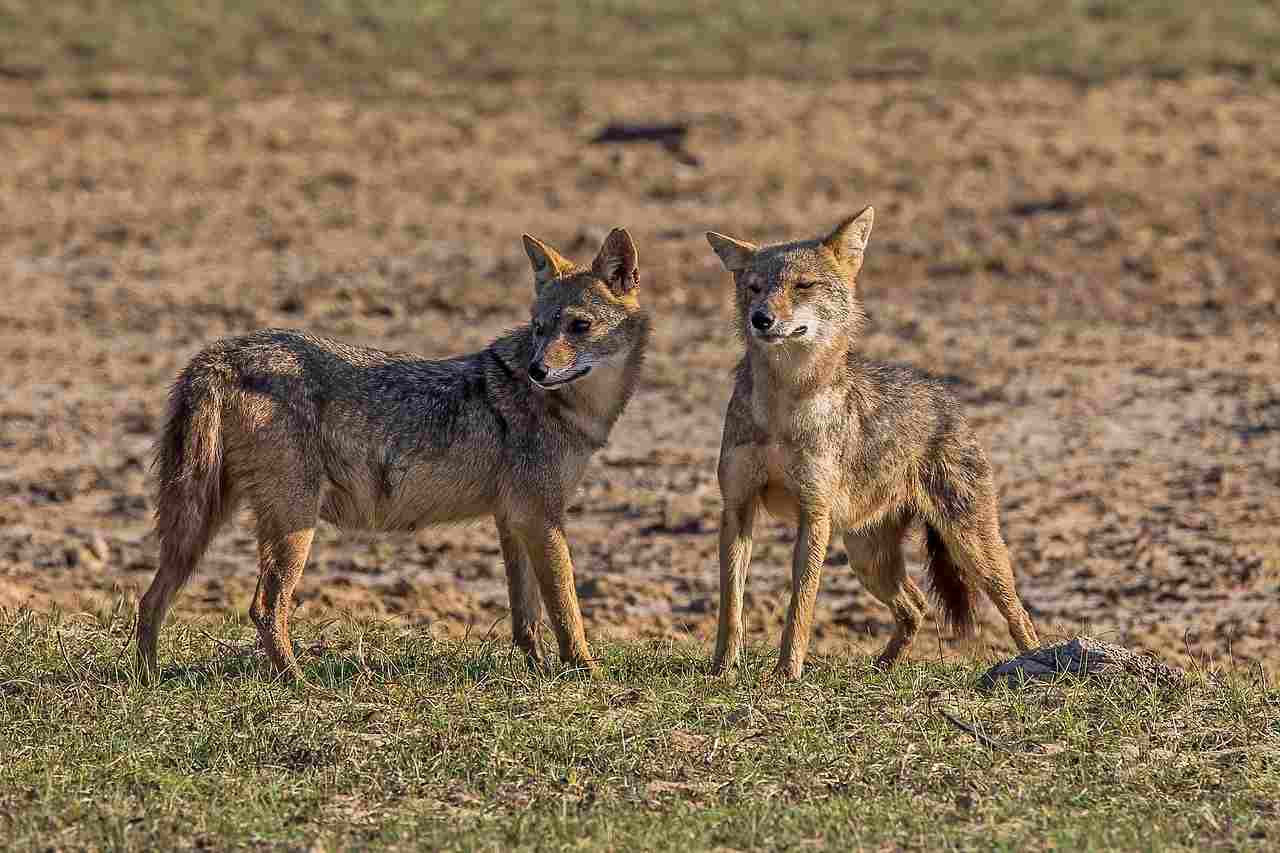
In the wild, coyotes have a varied diet consisting mainly of small mammals such as rodents, rabbits, and squirrels. They also prey on birds, insects, reptiles, and amphibians. Additionally, coyotes scavenge carrion and consume fruits, berries, and other plant matter when available. Their adaptable diet allows them to thrive in a variety of ecosystems, ranging from forests and grasslands to urban environments.
Do Coyotes Have Predators?
Yes, coyotes have predators despite being predators themselves. Larger apex predators such as bears, wolves, and mountain lions can prey upon coyotes, particularly in areas where these predators coexist. Additionally, humans pose a significant threat to coyotes through hunting, trapping, and habitat destruction. However, coyotes’ adaptable nature and ability to avoid detection often help them evade predation and survive in various environments.
What are the Predators of Coyotes?
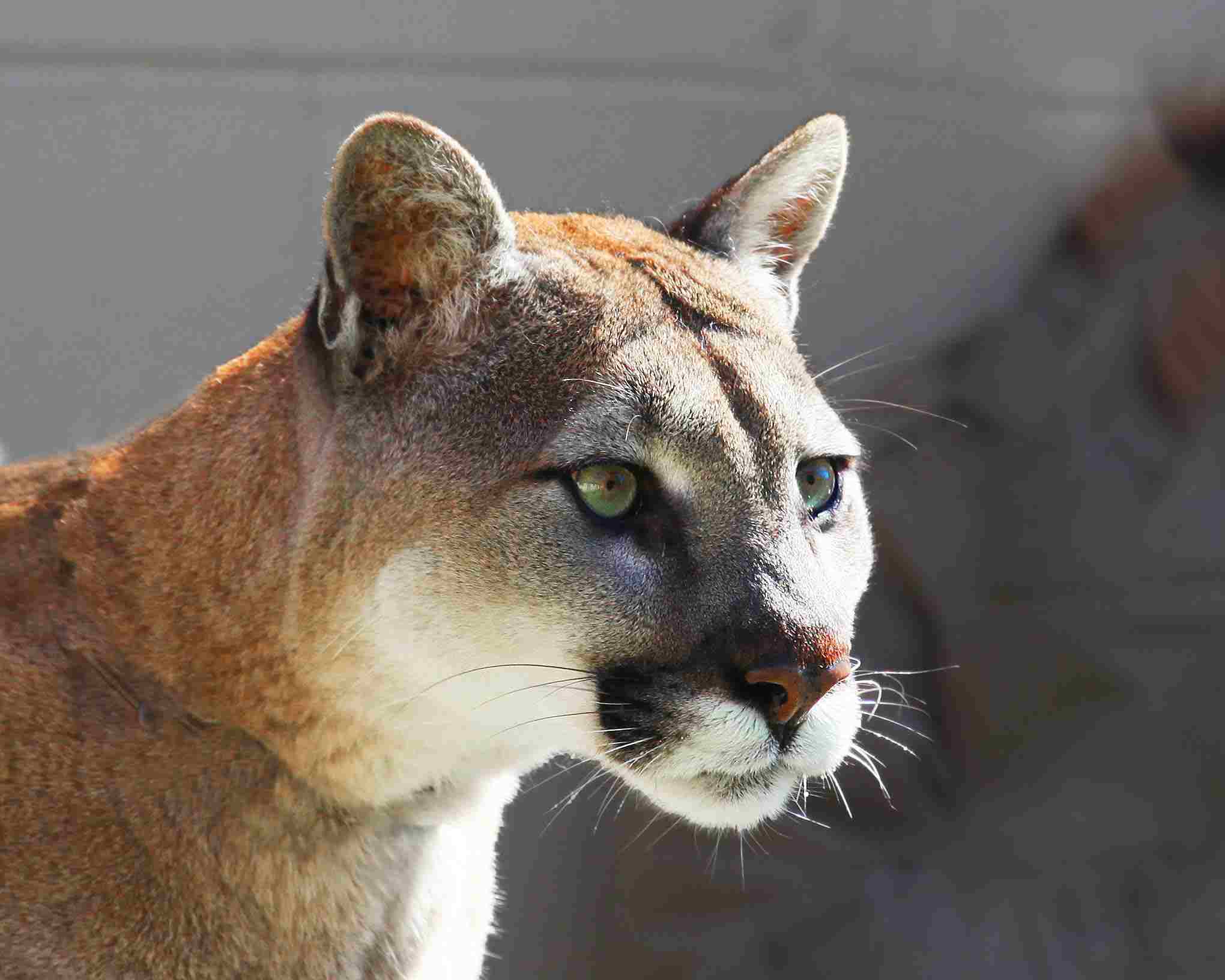
The primary predators of coyotes include larger apex predators such as bears, wolves, and mountain lions. These animals are capable of preying on coyotes, especially in regions where their habitats overlap. Additionally, humans contribute to coyote mortality through hunting, trapping, and habitat destruction, though coyotes are known for their ability to adapt and evade predators in various environments.
What Are Coyotes Biggest Predators?
Among the biggest predators of coyotes are larger apex predators like bears, wolves, and mountain lions. These animals have the capability to prey upon coyotes, particularly in areas where their territories intersect. Additionally, humans pose a significant threat to coyotes through hunting, trapping, and habitat destruction, though coyotes’ adaptive behavior aids in their survival despite these risks.
Is a Coyote Dangerous?

Coyotes can pose a danger to humans and pets, particularly in urban and suburban areas where they may become habituated to human presence and lose their fear. While coyote attacks on humans are rare, they can occur, especially if a coyote feels threatened or if food sources are scarce. It’s important for people to avoid feeding coyotes and to take precautions, such as securing garbage and keeping small pets indoors, to minimize conflicts with these animals.
Are Coyotes Endangered In California and its Environs?
No, coyotes are not endangered in California or its surrounding areas. In fact, they are one of the most adaptable and widespread carnivores in North America. Despite facing habitat loss and persecution from humans, coyote populations have thrived and even expanded into urban and suburban areas. They are considered a species of least concern by conservation organizations due to their ability to persist in a variety of environments.
Are Coyotes Going Extinct?
Coyotes are not currently facing the threat of extinction. In fact, they are considered one of the most successful carnivores in North America, with stable populations across their range. Despite facing challenges such as habitat loss and human conflict, coyotes’ adaptability and resilience have allowed them to thrive in various environments. As a result, they are not listed as endangered or threatened species.
Are Coyotes Omnivores?
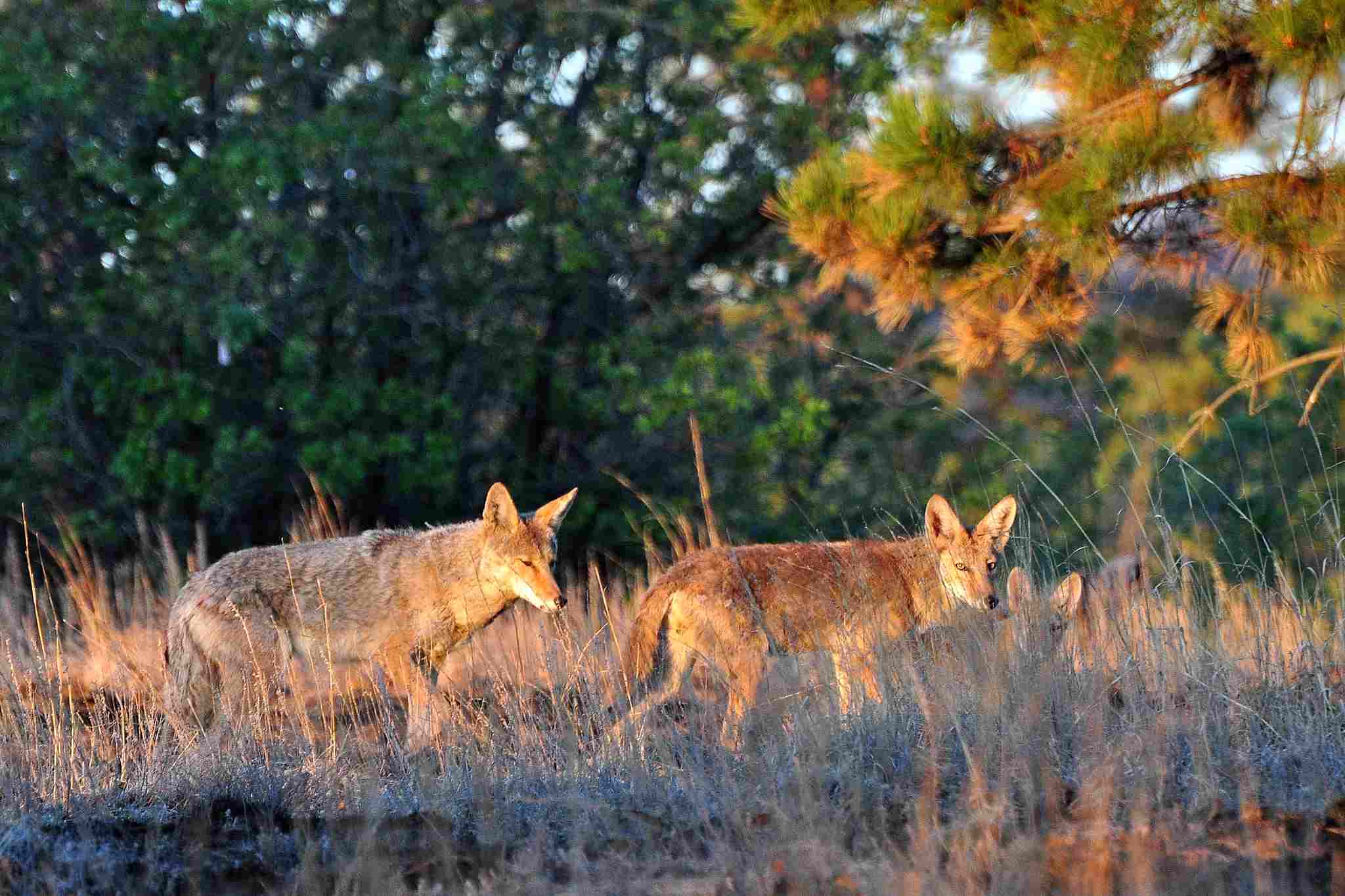
Yes, coyotes are omnivores, meaning they consume a diverse diet that includes both animal and plant matter. While they primarily hunt small mammals like rodents and rabbits, they also scavenge carrion and consume insects, fruits, berries, and other vegetation when available. This dietary flexibility contributes to their ability to survive in a wide range of habitats and environments.
Are Coyotes Secondary Consumers?
Yes, coyotes are classified as secondary consumers in ecosystems. As predators, they occupy a trophic level above primary consumers (herbivores) but below apex predators. Coyotes primarily feed on smaller animals such as rodents and rabbits, which are considered primary consumers as they consume plant material. By preying on these animals, coyotes play a vital role in regulating their populations and maintaining ecosystem balance.
What Eats Coyotes In The Desert?
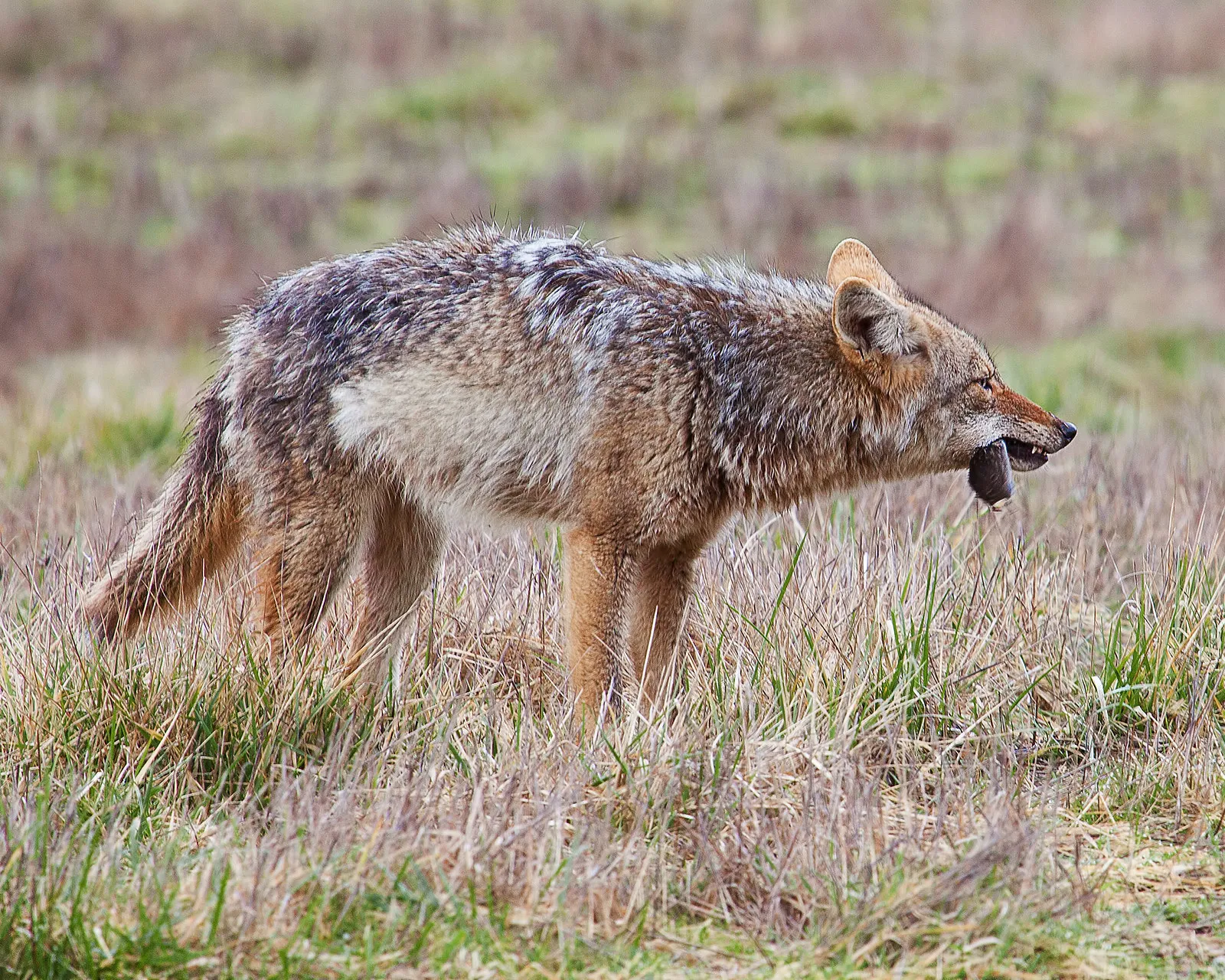
In the desert, coyotes may face predation from larger apex predators such as mountain lions and bobcats. Additionally, birds of prey such as golden eagles and owls have been known to prey on coyotes, especially juveniles or injured individuals. However, coyotes’ cautious behavior and adaptability often help them avoid becoming prey themselves, allowing them to thrive in desert ecosystems.
*Summary
| Key Point | Details |
| Classification |
Mesopredator, secondary consumer
|
| Predatory Behavior |
Hunt small mammals, birds, insects, scavenge carrion
|
| Predators |
Bears, wolves, mountain lions, humans, birds of prey
|
| Adaptability |
Able to thrive in various environments due to adaptable diet, behavior, and physical characteristics
|
| Conservation Status |
Not endangered; considered one of the most successful carnivores in North America
|
FAQs about Coyotes
- Are coyotes dangerous to humans and pets?
- While coyotes generally avoid humans, they can pose a threat, especially in urban areas where they may lose their fear. They can prey on small pets and occasionally pose a danger to humans, particularly if they feel threatened or if food sources are scarce.
- How can I prevent conflicts with coyotes?
- To minimize conflicts with coyotes, avoid feeding them or leaving out food sources like pet food or garbage. Keep small pets indoors, especially at night, and supervise them when outdoors. Install secure fencing and motion-activated lights to deter coyotes from entering your property.
- What should I do if I encounter a coyote?
- If you encounter a coyote, remain calm and try to appear as large and assertive as possible. Back away slowly and avoid turning your back on the animal. Do not run or make sudden movements. If a coyote approaches you aggressively, make loud noises, throw objects, and if necessary, use pepper spray or other deterrents to scare it away.
- How can I help conserve coyotes and their habitats?
- Supporting conservation efforts that protect natural habitats and wildlife corridors can help preserve coyote populations. Additionally, educating others about the importance of coexisting with wildlife and advocating for responsible wildlife management practices can contribute to their conservation.
-
What should I do if I encounter a sick or injured coyote?
- Contact local wildlife authorities or animal control agencies for assistance. Do not attempt to handle or approach the animal yourself, as sick or injured coyotes may behave unpredictably and could pose a risk to your safety.

